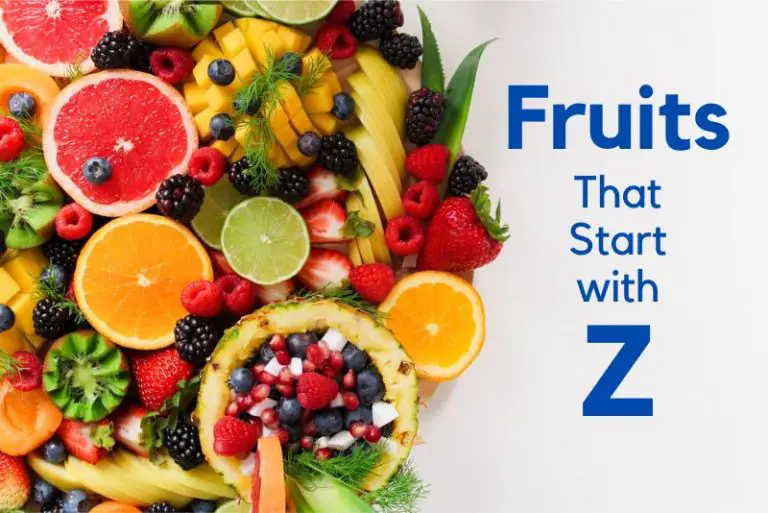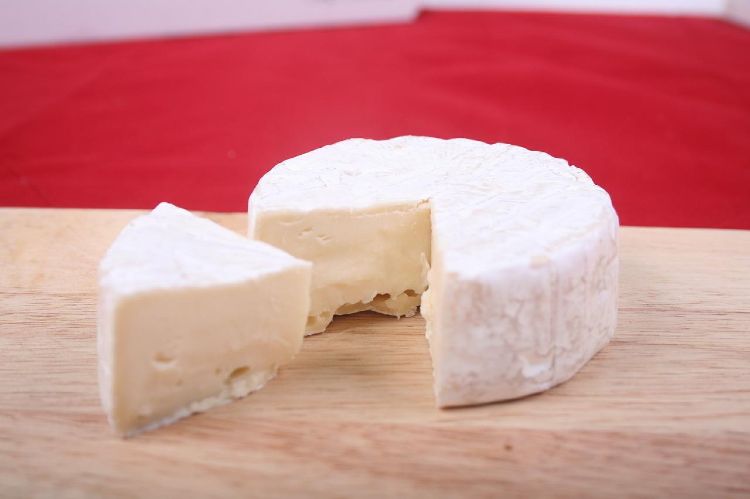Borage
Borage (Borago Officinalis) is one of the easiest and most charming plants to grow in the garden, and the plant self-seeds with wild abandon. It is so prolific it can quite easily take over a border in just a few years’ time.
In Italy, they harvest the hairy leaves while young, steam them and eat them like spinach. In Liguria, they add ricotta and freshly grated nutmeg to boiled borage leaves, and use them as a filling for ravioli and pansoti. You can also add the flowers and the leaves to a Pimms or gin cocktail, as they taste a bit of cucumber. In fact, it is only in recent times that the Pimms cocktail was made with mint and cucumber, as before people always used borage flowers.
The flowers are a beautiful lapis-lazuli, blue, and with triangular pointed petals. This is why borage is commonly called the “starflower”. Bees love borage, and it is said that if honey bees collect nectar from just borage flowers, they will produce a very clear honey. Borage flowers are very pretty in salads, and crystallised with egg white and catser sugar can be used as cake decorations.
As a natural remedy, borage infusions can help alleviate the symptoms of colds and respiratory infections because it has anti-inflammatory properties. Borage oil is extremely good for your skin, and in the alleviation of arthritis.
Borage is rarely seen in the herbaceous border, even though a packet of seeds costs so little, and the plant adds so much value. The flowers self-seed with wild abandon, and in successive years you will get an ever increasing stock for free. Cut the plant back in winter and compost the stalks and leaves.


